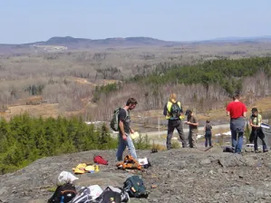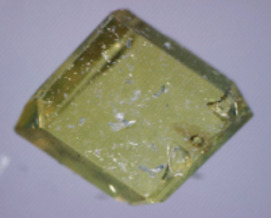Educating the Resource Geologist of the Future: Between Observation and Imagination
Training geologists for a career in the mining industry has changed over the years. It has become at the same time more specialized and with a broader approach. The modern resource geologist needs to understand new styles of ore deposits, the impact of energy transition on the types of deposits and to implement mining processes, the increasing number of mining regulations, and the shift toward educating populations in countries that are new to mining. Based on observation and imagination, rooted in fundamental science, the education of a resource geologist has been transformed by the digital revolution and the integration of the principles of sustainable development. Training future resource geologists means changing the role of teachers to better develop the imaginations of their students and to increasing what students know about the social impact of mining.
Educating the Resource Geologist of the Future: Between Observation and Imagination Read More »



